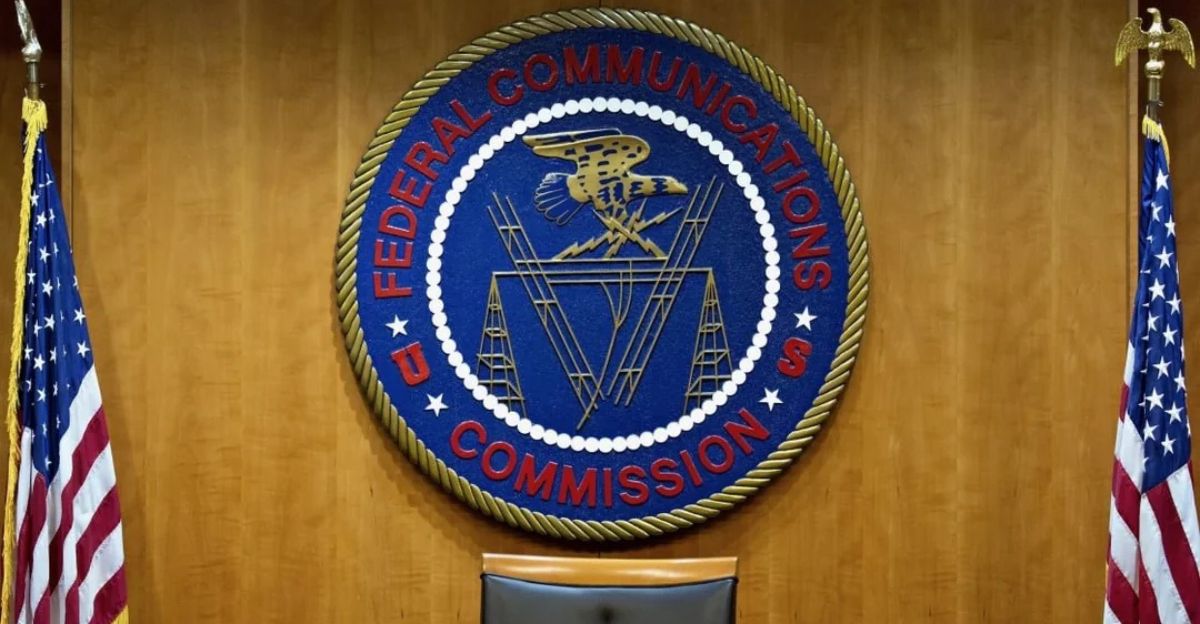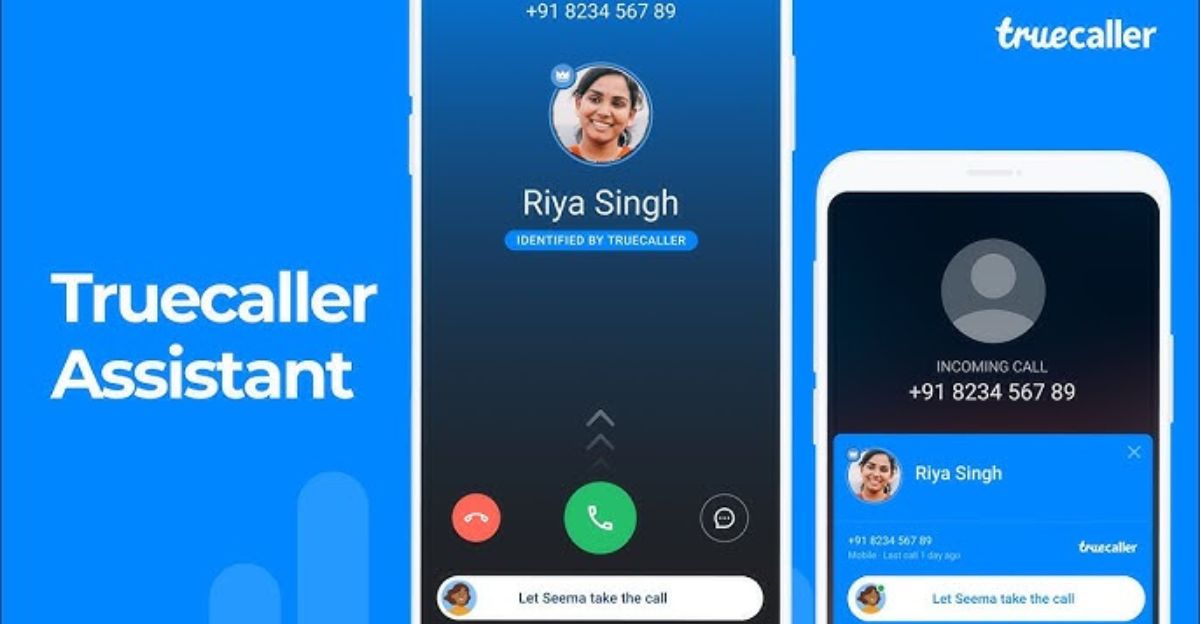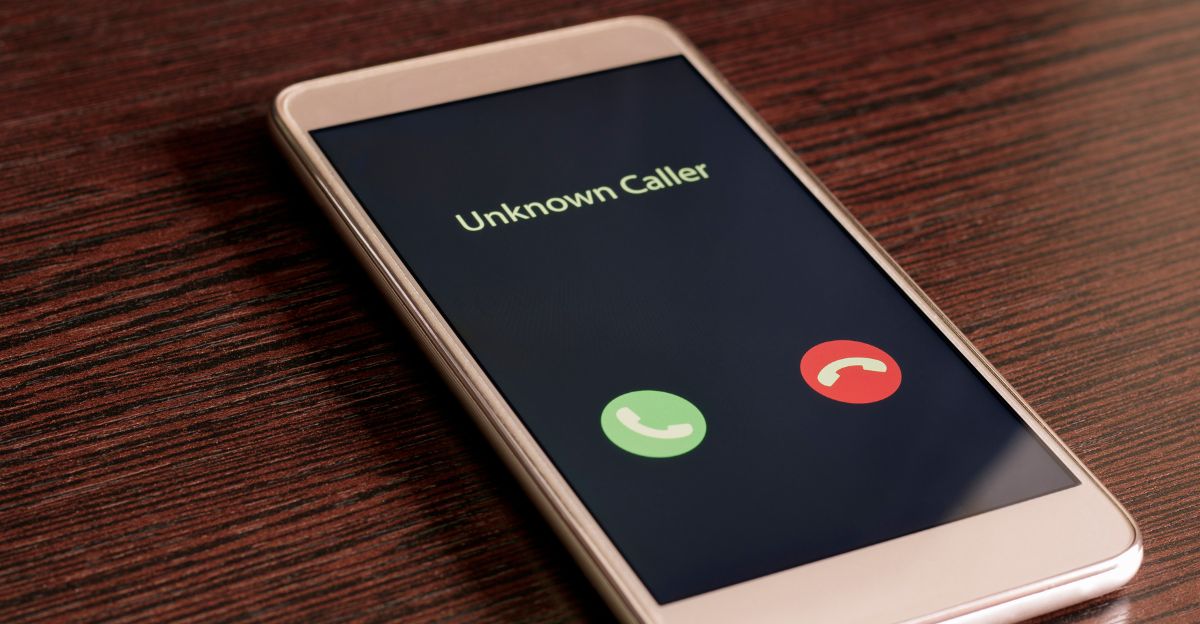
Whenever an unknown number records as a missed call, it ignites curiosity, either to call back or to ignore. Millions of Americans are facing the same challenge: they have to make choices daily. What is a simple, innocent act of good manners or a curious question can quickly amount to a money hole.
Robocalls in 2025 have surged to nearly 5 billion monthly in the United States, and scam calls took an enormous share. The majority of these utilize “one-ring” or “ping” trickery to tempt victims to call premium-rate numbers.
The emotional cost is genuine fear, anxiety, and monetary loss are all inextricably linked. Knowing the hidden expenses of answering unknown calls is no longer a choice; it’s necessary for safeguarding your wallet and your peace of mind.
The One-Ring Scam Mechanics

One-ring robocalls are intended to exploit human psychology and phone billing systems. Spammers place automatic-dial calls to your number once, hoping you will call back because you are interested or concerned. Your call back connects to premium-rate numbers, often international, with astronomical per-minute fees that can add up on your phone bill.
These differ from most scams, which require you to give out personal info-your call by itself triggers the charge. The Federal Trade Commission estimated that hundreds of millions are lost annually to such frauds, and a whopping $280 million was lost in the first quarter of 2025 through phone scams alone. This stealth economic drain is a new kind of predator camouflaged as a missed call.
Why We Call Back and Answer Unknown Numbers

Humans are trained to respond to ringing phones; it’s an ancient social cue providing connectivity or immediacy. Scammers exploit this behavior, leveraging fear of not being able to answer an important call from loved ones in distress to job opportunities.
“Fear of missing out” (FOMO) and a sense of social obligation compel many to dial back without hesitation. Such manipulation is compounded by caller ID spoofing, which may make scam calls appear local or familiar.
The result is a storm of trust and urgency that overwhelms wise caution. Awareness of this psychological trap is crucial to breaking the cycle and avoiding costly callbacks.
Billions of Robocalls and Mounting Losses

Robocalls have grown more than 11% year-on-year, to nearly 5 billion calls in April 2025 alone. Scam calls have fallen slightly as a percentage, but their sheer volume is still huge-more than 1.9 billion scam calls in Q1 2025.
Juniper Research estimates global losses from robofraudulent robocalls will top $58 billion in 2025, with North America experiencing more than half that figure. They signal a breakdown in a telecommunication security and consumer protection system with enormous monetary consequences that is worsening despite regulatory efforts like STIR/SHAKEN caller ID authentication.
Regulatory Actions and Their Limits

Industry associations and the FCC have implemented STIR/SHAKEN systems to authenticate caller ID and reduce spoofing. These have reduced some scam creation by an estimated 85% across North America from 2023 to 2022, but loopholes remain.
Calls traveling through non-IP networks can erase digital fingerprints so that scammers cannot be caught. Enforcement also fails against overseas operators, and the number of calls overwhelms regulators. The result is a cat-and-mouse chase in which scammers learn faster than protections can be implemented. Consumers are left exposed, particularly when urged to call back unfamiliar numbers.
Real Stories of Financial Ruin and Their Lasting Impact

Apart from numbers, the individual expense is staggering. In 2023, 1 of every 4 Americans reported losing an average of $452 to scam and spam calls. The victims range from middle-aged retirees to young professionals, occasionally losing thousands in a matter of minutes.
There was a reported incident of an elderly citizen who called back a one-ring scam and ended up with $3,000 in fees before catching on. These losses can destroy families, destroy trust in communications, and result in long-term economic deprivation. The emotional distress of feeling violated contributes to the financial loss, showing why dialing back unknown numbers is a risk most cannot possibly take.
Unexpected Industry Crossovers

Fighting this epidemic requires something more than technology; it requires behavior science integration. Telecommunications providers are piloting AI-powered call screening applications that analyze call habits and user behavior to predict the likelihood of a scam.
These apps utilize psychological profiling to deter users from risky callbacks by presenting possible costs and risks in real-time. This intersection of psychology and technology is the next frontier for consumer protection, from passive blocking to active behavioral intervention. This could be a game-changer when it comes to responding to calls from the unknown, stemming the tide of financial abuse.
Could Some Unknown Calls Be Opportunities?

Where danger reigns, there is a contrarian viewpoint that not every unknown caller is a fraud. There are unknown numbers employed by legitimate companies and emergency services. Blindly disregarding or refusing to return calls might mean a lost opportunity or critical information.
The dilemma is to distinguish friend from foe without becoming victimized. This dilemma drives demand for intelligence-based, context-aware caller ID products that vet for legitimacy before user engagement. But the financial risk of reaching out to unknown numbers is still disproportionately high, and nervous skepticism thus remains the wiser default position.
Phone Scams Are Not New, But Their Scale Is

Phone scams are as old as the phone, evolving from simple “call me back” scams to sophisticated robocall enterprises. Novelty lies in scale and technology. Auto-dialers, VoIP, and caller ID spoofing have transformed a nuisance into a multi-billion-dollar global industry.
Previous attempts to thwart phone fraud-from 1990s “900 number” crackdowns to early robocall regulations-offer lessons in regulatory lag and technological retort. The crisis today reflects the long-term challenge of policing rapidly evolving communications technologies while protecting consumers.
Protecting Your Wallet in the Era of Mysterious Callers

Answering unknown calls in 2025 is a costly risk that few completely understand. With robocalls clogging networks by the billions and scammers exploiting human psychology and technical workarounds, there are far too many costly missteps waiting to occur.
Regulator wins are real but insufficient; behavioral solutions and smart tech promise hope. Consumers must become skeptics, employing call-block apps and resisting the urge to answer unknown calls. The stakes are high, not dollars lost alone but trust and security. Education and vigilance are the best shield against this new financial predator.
Discover more trending stories and Follow us to keep inspiration flowing to your feed!

Craving more home and lifestyle inspiration? Hit Follow to keep the creativity flowing, and let us know your thoughts in the comments below!
